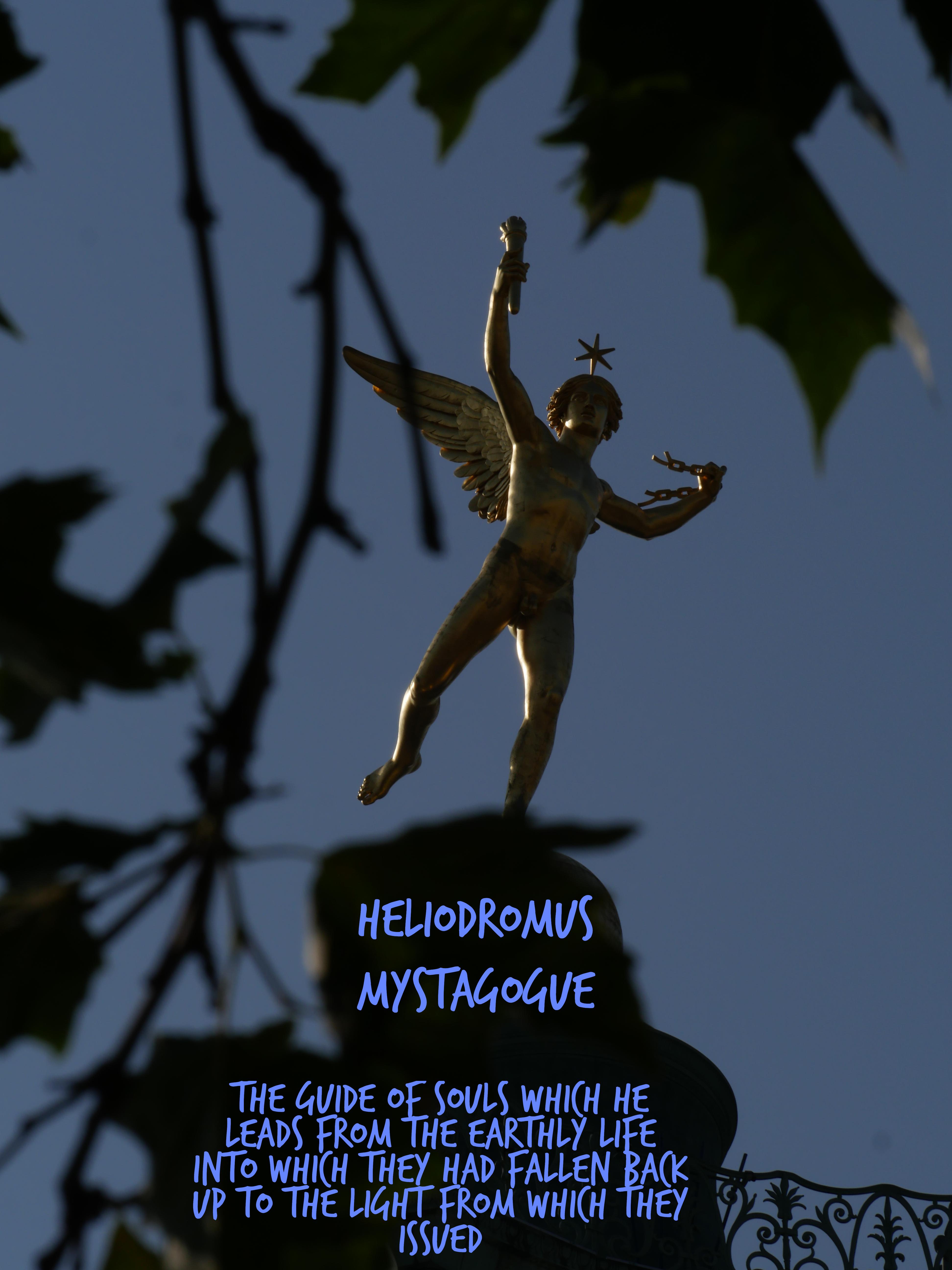Understanding your dog’s body language is like unlocking a secret language, one that deepens the bond between you and your furry friend. Just like humans, dogs communicate a range of emotions and intentions through their body postures, facial expressions, and even the wag of their tail. By learning to interpret these signals, you can better respond to their needs, enhance your mutual trust, and ensure a harmonious relationship. In this article, we will guide you through the nuances of canine communication, helping you to become more attuned to the subtle cues your dog uses to express happiness, anxiety, curiosity, and more. Whether you’re a seasoned dog owner or a new pet parent, this understanding will enrich your interactions and bring you closer to your loyal companion.
Recognizing Tail Signals for Better Communication
In the fascinating world of canine communication, a dog’s tail is an expressive tool that speaks volumes. Understanding these signals can deepen the bond between you and your furry friend. Here are some common tail positions and their meanings:
- High and wagging: A tail held high and wagging broadly is a clear sign of happiness and confidence. Your dog is likely feeling friendly and excited.
- Low and wagging: A tail that’s low and moving gently suggests a more submissive or cautious demeanor, yet your dog is still open to interaction.
- Tucked between legs: This position indicates fear or anxiety. It’s a sign that your dog is feeling threatened or uncomfortable.
- Stiff and upright: When a dog’s tail is rigid and straight, it often signals alertness or potential aggression. Your dog might be on guard or sensing a threat.
By paying attention to these tail signals, you can better understand your dog’s emotions and reactions, paving the way for more effective and empathetic communication. Remember, context is key; always consider the situation and other body language cues to fully interpret your dog’s feelings.

Decoding Ear Positions to Gauge Emotions
- Forward and Alert: When your dog’s ears are perked up and facing forward, it typically indicates curiosity or attentiveness. They might be trying to understand their surroundings or focus on a particular sound or object.
- Relaxed and Neutral: Ears that rest naturally and comfortably suggest a calm and content state. This is often seen when your furry friend is in a familiar environment, feeling safe and relaxed.
- Flattened or Pinned Back: If your dog’s ears are pulled back against their head, it might signify fear, submission, or discomfort. This can be a sign that they’re feeling threatened or anxious, and it’s important to assess the situation to ensure their well-being.
- Sideways and Moving: Ears that are moving from side to side or slightly drooped can indicate indecision or confusion. They might be trying to process new information or figure out how to react to a new stimulus.
Understanding these subtle ear movements can greatly enhance your bond with your dog. By paying close attention to their ear positions, you can gain insight into their emotional state and respond accordingly, ensuring a harmonious and supportive relationship.

Interpreting Facial Expressions to Foster Connection
Dogs communicate a wealth of information through their facial expressions, offering us a window into their thoughts and emotions. Understanding these cues can significantly enhance the bond between you and your furry friend. Observe their eyes; relaxed eyes often indicate contentment, while wide, darting eyes can signal fear or anxiety. Similarly, the position of their ears can tell a story—ears held naturally suggest calmness, while pinned-back ears may reveal discomfort or submissiveness.
- Mouth Movements: A slightly open mouth, with relaxed lips, often suggests a happy dog. In contrast, a closed mouth with tense lips could indicate stress or caution.
- Brow and Forehead: Just like humans, a furrowed brow can mean your dog is perplexed or concerned. A smooth, relaxed forehead typically means all is well.
- Tail Wagging: While not a facial expression, it’s essential to consider the whole picture. A wagging tail paired with a soft expression generally signals joy, but a stiff wag could be a sign of alertness or uncertainty.
By paying attention to these subtle signals, you can better respond to your dog’s needs, fostering a deeper, more empathetic connection. Practice mindfulness and patience as you learn to decode these expressions, creating a harmonious dialogue without words.

Observing Body Postures for Enhanced Interaction
Dogs communicate a wealth of information through their physical postures. By observing their stance, tail position, and facial expressions, we can gain insights into their emotions and intentions. When a dog approaches you with a wagging tail held high, it often signifies confidence and friendliness. Conversely, a tail tucked between the legs might indicate fear or submission. Notice if your dog stands rigidly with ears perked; this could suggest alertness or a potential threat in the environment. By tuning into these subtle signals, you can better understand and respond to your dog’s needs.
- Relaxed Stance: A calm and friendly dog will have a relaxed posture with a loose body, often accompanied by a gently wagging tail.
- Play Bow: Front legs stretched forward and hindquarters up signals a playful mood. This is an invitation for fun!
- Averting Eyes: When a dog avoids eye contact, it could mean they are feeling submissive or unsure.
- Raised Hackles: If the hair along the back stands up, it might indicate the dog is agitated or on high alert.

